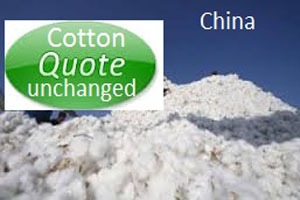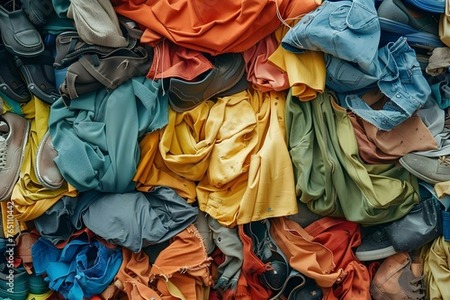
Quote restriction by China likely to hoist quality cotton and yarn
YarnsandFibers News Bureau 2014-12-21 16:00:00 – ChinaThe decision to keep cotton import quota unchanged at 894,000 tonnes for 2015 by China the world’s largest cotton consumer it is likely that there will still be demand for cotton, even at the 40 percent tariff for non-quota imports. But the market has taken it as a bearish signal that is likely to put further downward pressure on global prices.
The benchmark second-month cotton contract on ICE Futures U.S. ended Dec. 12 at 61.07 U.S. cents a pound, up from the five-year low of 58.53 cents on Nov. 24, but down almost 28 percent since the start of the year.
Chinese cotton futures on the Zhengzhou Commodity Exchange (ZCE) have also fallen by, dropping 32 percent from the start of the year to the close of 13,070 yuan ($2,111) a tonne on Dec. 12.
This is largely a reflection of a change in the subsidy system, with China cut shorting its previous policy of buying from producers and putting the fibre into stockpiles, and instead paying money directly to the farmers.
In the main growing region of Xinjiang, home to about 50 percent of the domestic crop, farmers receive a subsidy equivalent to the difference between the market price and the target price of 19,400 yuan a tonne.
Meanwhile, producers in nine other regions get 2,000 yuan a tonne, placing them at a disadvantage to Xinjiang farmers, who currently are getting subsidy payments almost three times as large.
The likely outcome is that Chinese cotton production will decline, mainly outside of Xinjiang.
But this is unlikely to alter the market balance significantly, given China will still produce sufficient cotton and can tap into stockpiles of more than 60 million bales, or about 13.4 million tonnes.
The current price of cotton on ICE Futures is equivalent to about $1,350 a tonne, which is about 8,356 yuan, about 36 percent below the price on the ZCE, and less than half the subsidised price for Xinjiang farmers.
Effectively, the state of the market in China is that the subsidy and tariff regime is creating artificial import demand, which can't be met unless global prices are low enough to still be competitive once the duty is applied.
But it's not as simple as that, with a sliding scale for tariffs, with higher-cost cotton attracting a lower tariff than that for cheaper imports.
This means that quality is likely to play an increasing role in cotton imports into China, with higher volumes of better quality coming in at the expense of lower-value cotton.
Chinese cotton may also present quality problems for some spinners, given its inconsistent quality.
This may benefit producers of quality cotton in Australia, which is already the second-biggest supplier to China, and may overtake the top-ranked United States next year.
The restricted import quota may also drive yarn and fabric makers to other countries such as Vietnam and Bangladesh.
While imports of raw cotton into China will decline, there aren't restrictions on yarn, meaning imports of the intermediate product could rise to meet the demands of clothing and fabric makers.
The real winners will be farmers producing quality cotton and possibly foreign producers of yarn that are able to sell to China.
Market Intelligence
Ask for free sample Report

experience
Customer Base
dedicated team
Countries Served Worldwide









